iPad vs. iPad Air: Which should you buy?
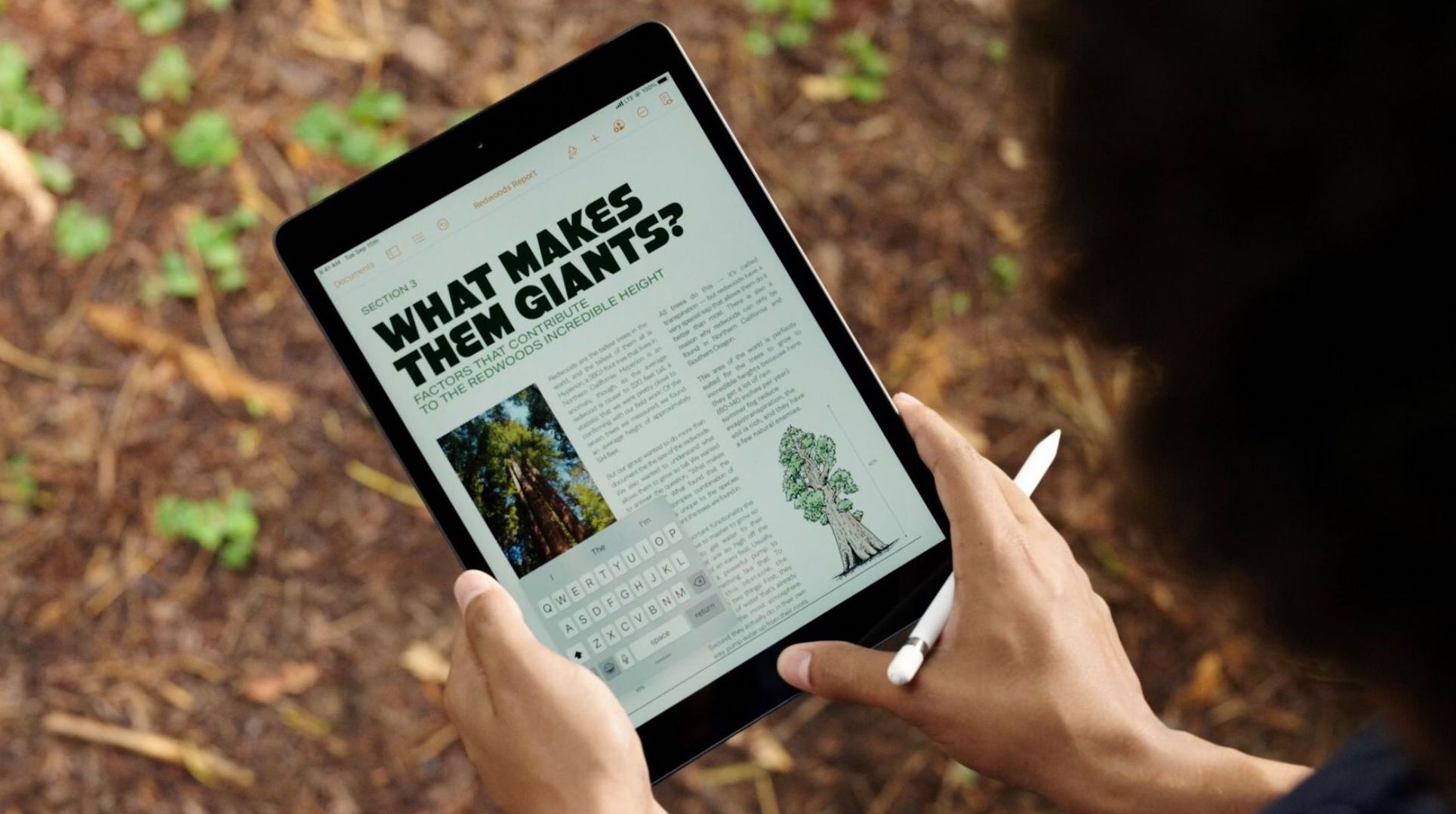
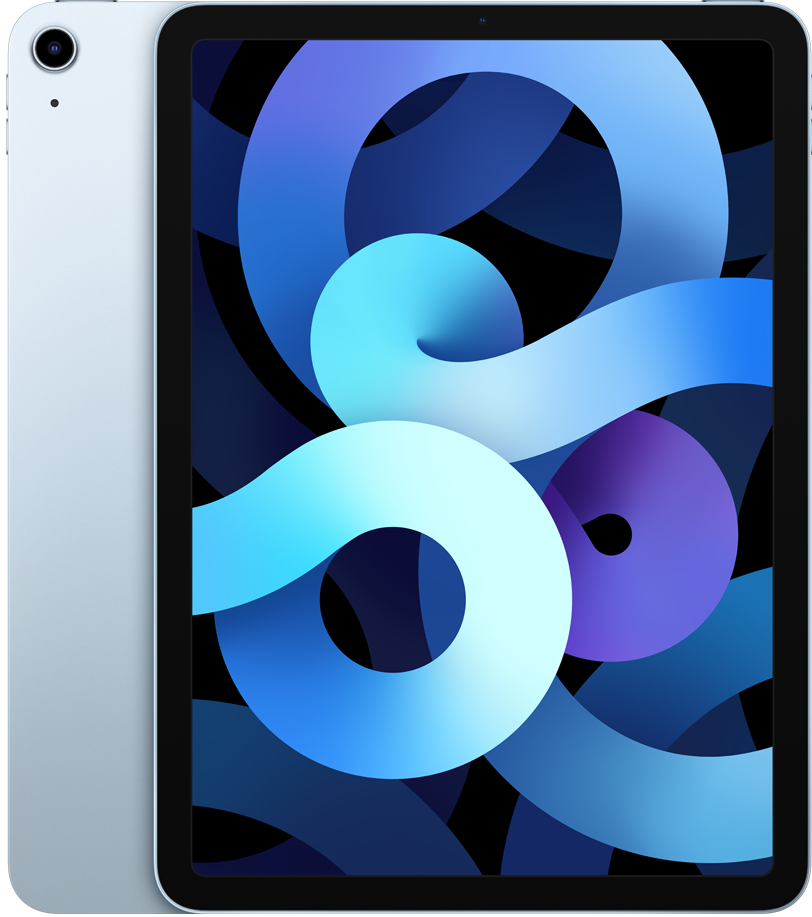
Portable powerhouse
The iPad Air 4 features pro level performance with the new A14 processor that will keep up with the most demanding apps and tasks for years to come. A gorgeous, all-screen 10.9-inch display provides a larger canvas than the base iPad, plus compatibility with the Apple Pencil 2, Magic Keyboard, and an upgraded 12MP camera, make it a better overall choice for productivity.
For
- Larger 10.9-inch screen
- A14 bionic chip
- Storage up to 256GB
- Liquid Retina Display with True Tone
- Works with Apple Pencil 2
- Works with Magic Keyboard
- Comes in fun new colors
- USB-C charging
Against
- Significantly more expensive
- Still uses Touch ID not Face ID
- Not a 120hz ProMotion display
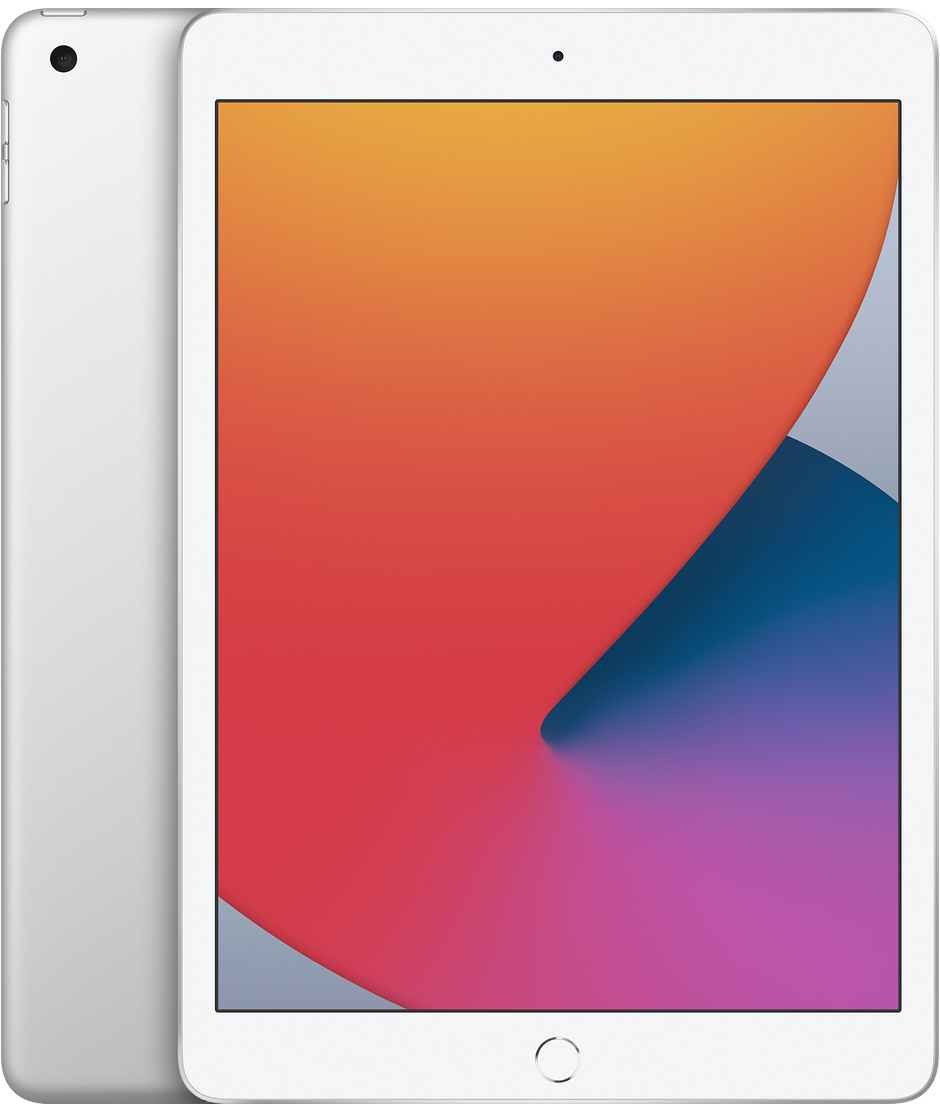
Affordable and capable
While it doesn't have the flashy all-screen design and colors, Apple's base iPad still packs plenty of punch for the price. The on-board A12 processor is more than capable for most people today, and support for the first-generation Apple Pencil is great for taking notes. However, the smaller 10.2-inch display, older cameras, and measly 32GB base storage means it is better suited for media consumption.
For
- Very affordable
- Supports first-generation Apple Pencil
- A12 Bionic chip is still plenty powerful
- Works with Smart Keyboard
Against
- Dated design
- Smaller 10.2-inch display which lacks True Tone
- Base model only has 32GB
- Front camera is a measly 1.2MP
Apple's iPad lineup is worth buying at any price, but it is also will sometimes go on sale on Black Friday. Check out this year's Black Friday iPad deals going on now!
Comparing the latest iPads goes way beyond just the difference in designs. When it comes to iPad vs iPad Air, the iPad Air 4 offers so much more to the overall experience compared to the iPad (2020), thanks to a slightly larger screen, faster processor, and compatibility with Apple's current-generation accessories. Even though all of Apple's iPads run iPadOS 14 today, we think that the best iPad that you can buy today is the iPad Air 4, as the newest A14 processor will keep it running the latest operating system, apps, and games, for years to come.
iPad Air 4 vs. iPad (2020): What are the differences?
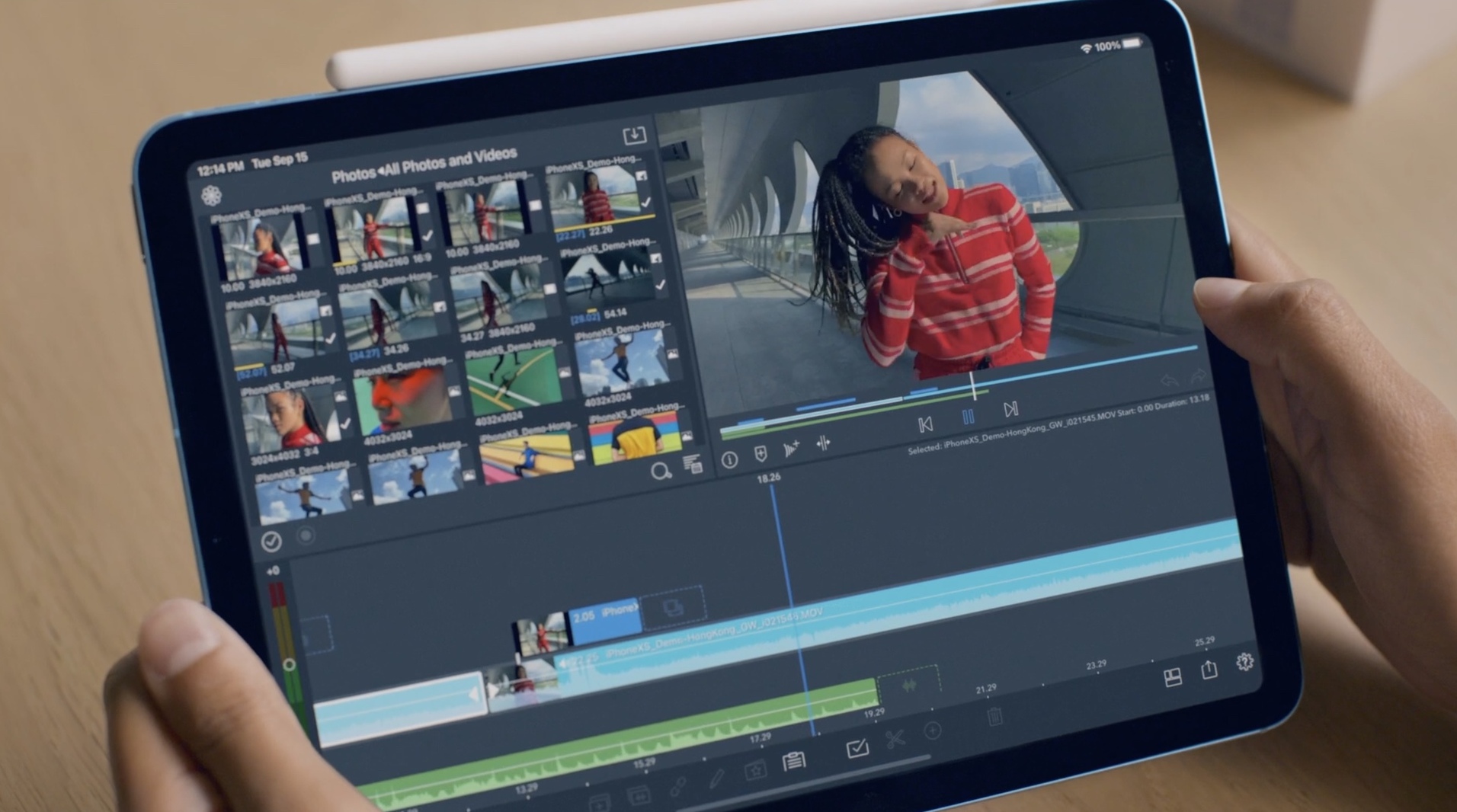
Both the iPad Air 4 and the iPad (2020) made their debut at Apple's September event this year, but the hardware, inside and out, is vastly different. For starters, the Air has a larger 10.9-inch display versus 10.2-inch on the base model, and while it doesn't seem like a huge difference, for productivity, every little bit counts.
The display on the iPad Air also has Apple's True Tone technology that automatically adjusts color temperature based on the environment. This provides a more natural look in most scenarios, and the display is also laminated on the iPad Air 4 which eliminates the noticeable air gap as seen on the base iPads.
Moving over to the processor, the iPad Air 4 is the first device from Apple to use the company's latest A14 Bionic chip. The A14 is the first chip to use the 5-nanometer process, which increases performance with better power efficiency. Apple states that the chip is capable of delivering up to 40% better performance versus the previous iPad Air, which uses the A12 processor — the same chip that is in the iPad (2020).
Let's take a look at the rest of the specs, as you will definitely see more differences than similarities.
| Header Cell - Column 0 | iPad Air 4 | iPad (2020) |
|---|---|---|
| Cost | From $599 and up | From $329 and up |
| Finishes | 5 (Silver, gold, Space Gray, Sky Blue, Green) | 3 (Silver, gold, Space Gray) |
| Wi-Fi only | Yes | Yes |
| Wi-Fi + Cellular | Yes | Yes |
| Screen size | 10.9-inch | 10.2-inch |
| Dimensions | 9.74-by-7.0-by-0.24 inches | 9.8-by-6.8-by-0.29 inches |
| Weight | 1 pound | 1.08 pounds |
| Storage | 64GB or 256GB | 32GB or 128GB |
| Display | Liquid Retina | Retina |
| Resolution | 2360-by-1640 at 264 ppi | 2160-by-1620 at 264 ppi |
| Laminated display | Yes | No |
| Brightness | 500 nits typical | 500 nits typical |
| Antireflective coating | Yes | No |
| True Tone | Yes | No |
| Chip | A14 Bionic | A12 Bionic |
| Apple Pencil | Second-generation only | First-generation only |
| Smart Connector | Yes, on back | Yes, on side |
| Back camera | 12MP | 8MP |
| Front camera | 7MP | 1.2MP |
| Audio | Two speakers landscape | Two speakers |
| Face ID | No | No |
| Touch ID | Yes, Sleep/Wake button | Yes, Home button |
| Battery | 10 hours Wi-Fi, 9 hours cellular | 10 hours Wi-Fi, 9 hours cellular |
| Charging | USB-C | Lightning |
As you can see, the iPad Air 4 has quite a bit going for it versus the iPad (2020). The iPad Air 4, despite having a larger screen, is thinner and lighter overall. Additionally, the iPad Air 4 comes in a total of five finishes, two of which, a new blue and green, are exclusive to the mid-level iPad (so far).
Master your iPhone in minutes
iMore offers spot-on advice and guidance from our team of experts, with decades of Apple device experience to lean on. Learn more with iMore!
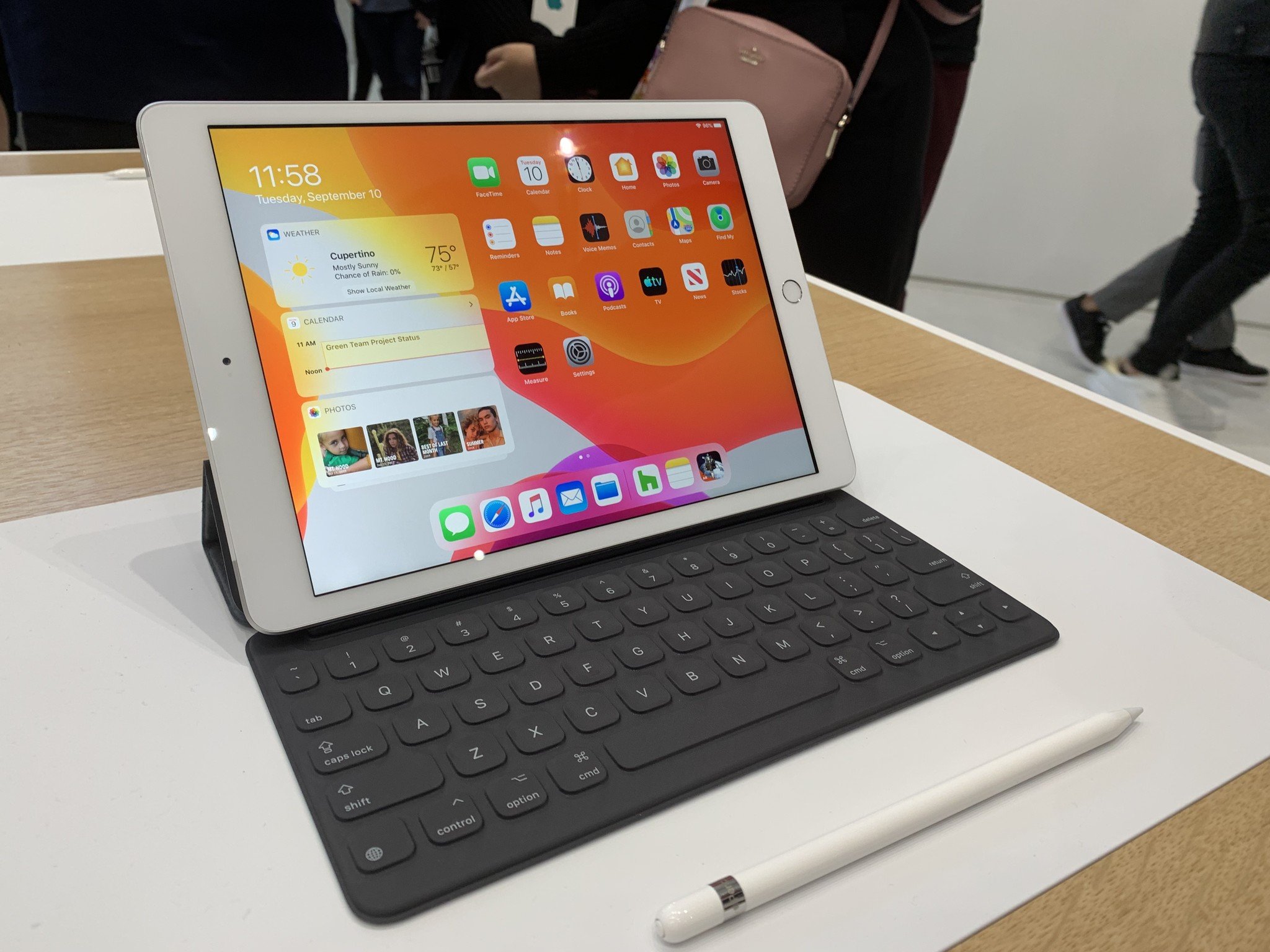
Both the iPads have the same 10 hours of battery life on Wi-Fi, but charging them is different. The iPad Air 4 uses the latest USB-C standard, enabling faster charging and compatibility with a wide range of accessories and true video output options. The iPad (2020) is still clinging on to Apple's Lightning connector, which isn't bad if you are all-in on Apple, but it does limit things if you forget your cable, or if you want to charge it with a modern MacBook.
The iPad Air 4 also works with the latest Apple accessories, like the Apple Pencil 2, Magic Keyboard, and Smart Keyboard Folio. The Apple Pencil 2 is more responsive than the first-generation version, and it charges by attaching directly to the side of the iPad Air 4 magnetically. Apple's Magic Keyboard uses magnets as well to connect and charge the iPad Air 4 with ease, turning it into a full-blown laptop replacement with an integrated trackpad.
Other differences include a re-located Touch ID sensor on the iPad Air 4, which moves it to the Sleep/Wake Button. The Air's speakers have also been moved, now putting them on both the top and bottom of the iPad, creating true stereo sound. The new arrangement is similar to the iPad Pro models, but only has a total of two speakers, which is the same as the base iPad although they are both on the bottom.
Finally, the iPad Air 4 also has an upgraded camera system, highlighted by a 7MP front camera versus the measly 1.2MP on the base iPad. This means that the iPad Air 4's camera will look much sharper and more detailed for those important video calls. The back camera on the iPad Air 4 gets a big bump over the regular iPad as well, with 12MP versus 8MP, and it can record video in 4K, while the iPad (2020) can only record in 1080p.
iPad Air 4 vs. iPad (2020): Who should buy the iPad Air 4?
Make no mistake about it, the iPad Air 4's combination of power, larger display, and accessory compatibility, makes it a much better choice for those that want to use their iPad as a productivity machine. The iPad Air 4 sports a future-proof USB-C port, support for the more responsive Apple Pencil 2, compatibility with the Magic Keyboard, and of course, it has the newest Apple processor, the A14. In fact, we think that the iPad Air 4 is the best iPad for most even over the iPad Pro line, unless you work with AR or do heavy photo editing.
iPad Air 4 vs. iPad (2020): Who should buy the iPad (2020)?
Sure, it isn't as powerful as the iPad Air 4, but the iPad (2020) is still a great machine for the basics, and is a good fit for those who just want a good tablet experience. This iPad is still plenty powerful for most apps and games today, plus the older Smart Connector and first-generation Apple Pencil support can help to get work done in a pinch. However, its A12 processor is a couple of years old already, so it won't have quite the lifespan as the A14 in the iPad Air.

Pro-level performance
The latest iPad Air is the clear choice for those who want to more than just the basics with their tablet. The new A14 processor, larger display, support for Apple Pencil 2 and the Magic Keyboard, puts pro level performance in a more affordable package.
Christopher spends most of his time writing and dreaming about all things HomeKit and the Home app. Whether it is installing smart light switches, testing the latest door locks, or automating his households daily routines, Christopher has done it all.

